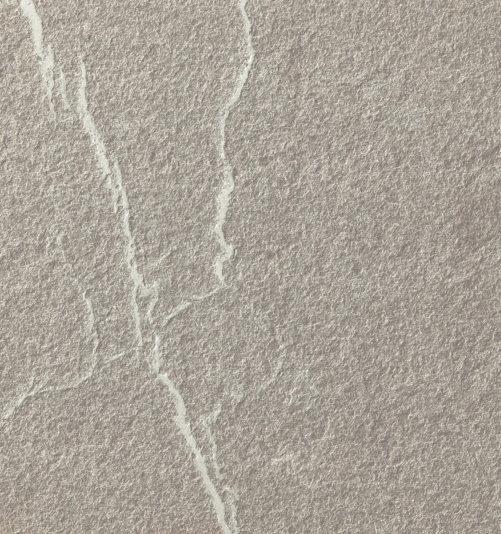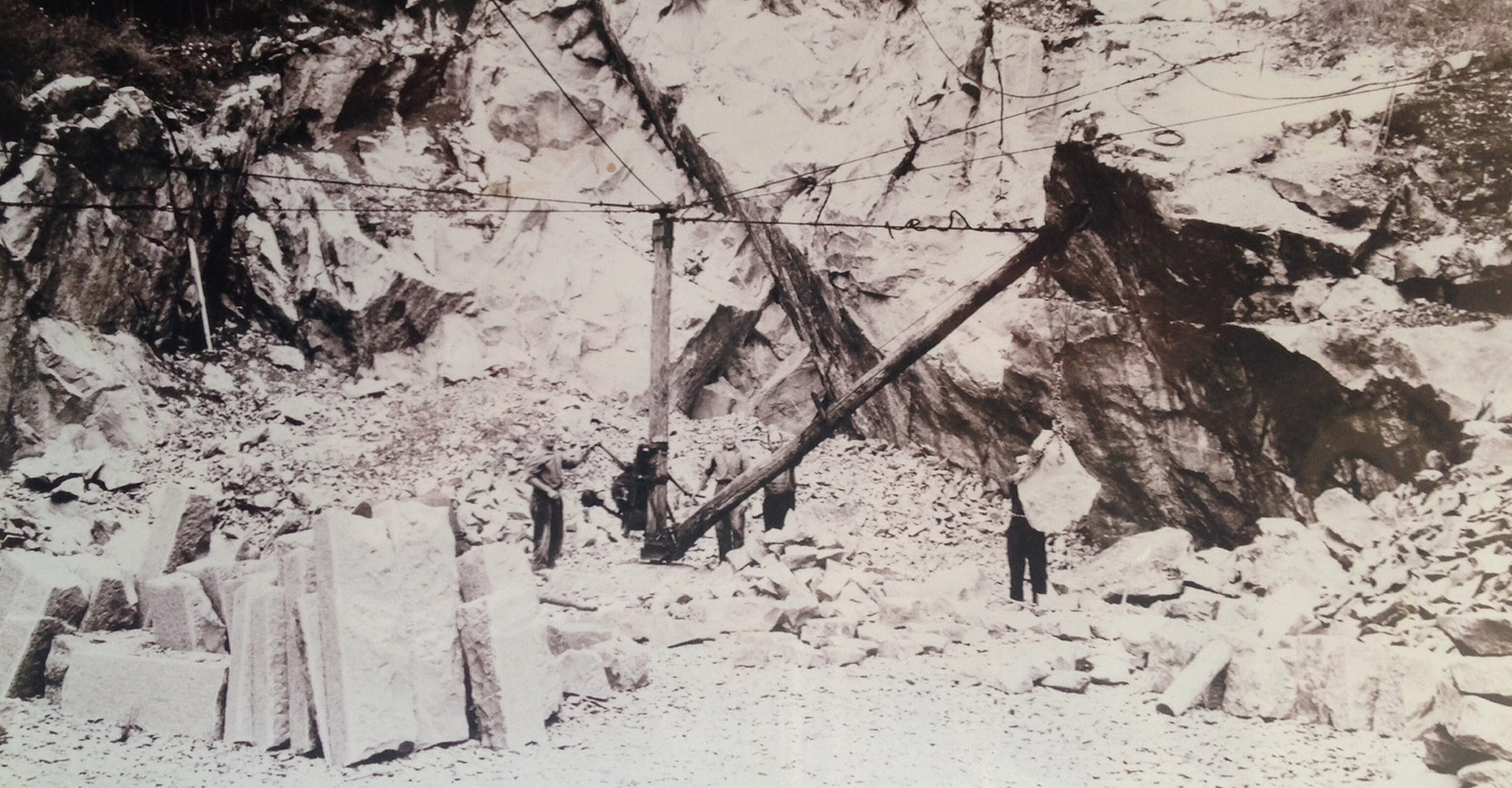Consortium of Producers of Piasentina Stone
Piasentina stone - Torreano
Constituted in 1965 by a group of far-sighted craftsmen, the Consortium of Producers of Piasentina Stone has been operating for 55 years in the territory, with the objective of protecting the origins, and promoting the use and development of this precious material.
Piasentina Stone
Our Material
The denomination "Piasentina Stone" derives from an amusing anecdote originating from Friuli, according to which the major contractors of Udine described it in the local dialect as "una pietra che la piase" - "a stone that pleases", as it was extremely appreciated for both its physical and aesthetic qualities.
The appearance of Piasentina stone is grey in colour, with light white veining and small coloured flashes tending to brown. It responds to different surface working with slight chromatic changes, ranging from the light grey of the sawn surface, to a dark grey after polishing, thus enabling different aesthetic combinations to be achieved through the utilization of the same material.
No other type of stone can be truly comparable to Piasentina, which lends itself to any kind of use, from building cladding to the creation of design objects and art works.

BRUSHED
Brushing is a surface treatment used to complete other processes.

HONED AND POLISHED
The polishing operation consists in treating the surface with a series of progressively finer honing stones.

FLAMED AND BRUSHED
The flamed and brushed surface is the effect of the brushing treatment after flaming.

SAWN SURFACE
A sawn surface refers to a finish whose exposed face clearly shows the marks left by the tools used for sawing.

FLEX SURFACE
The flex surface is obtained through a dry finishing process, i.e. without the use of water.

FLAMED
The Flamed finish combines the mechanical processing of sawing and calibration with a heat treatment.

BUSH-HAMMERED
Bush-hammering is a mechanical treatment that gives the surface of the stone a rough and pitted appearance.
In all things of nature there is something of the marvellous
- Aristotele -












